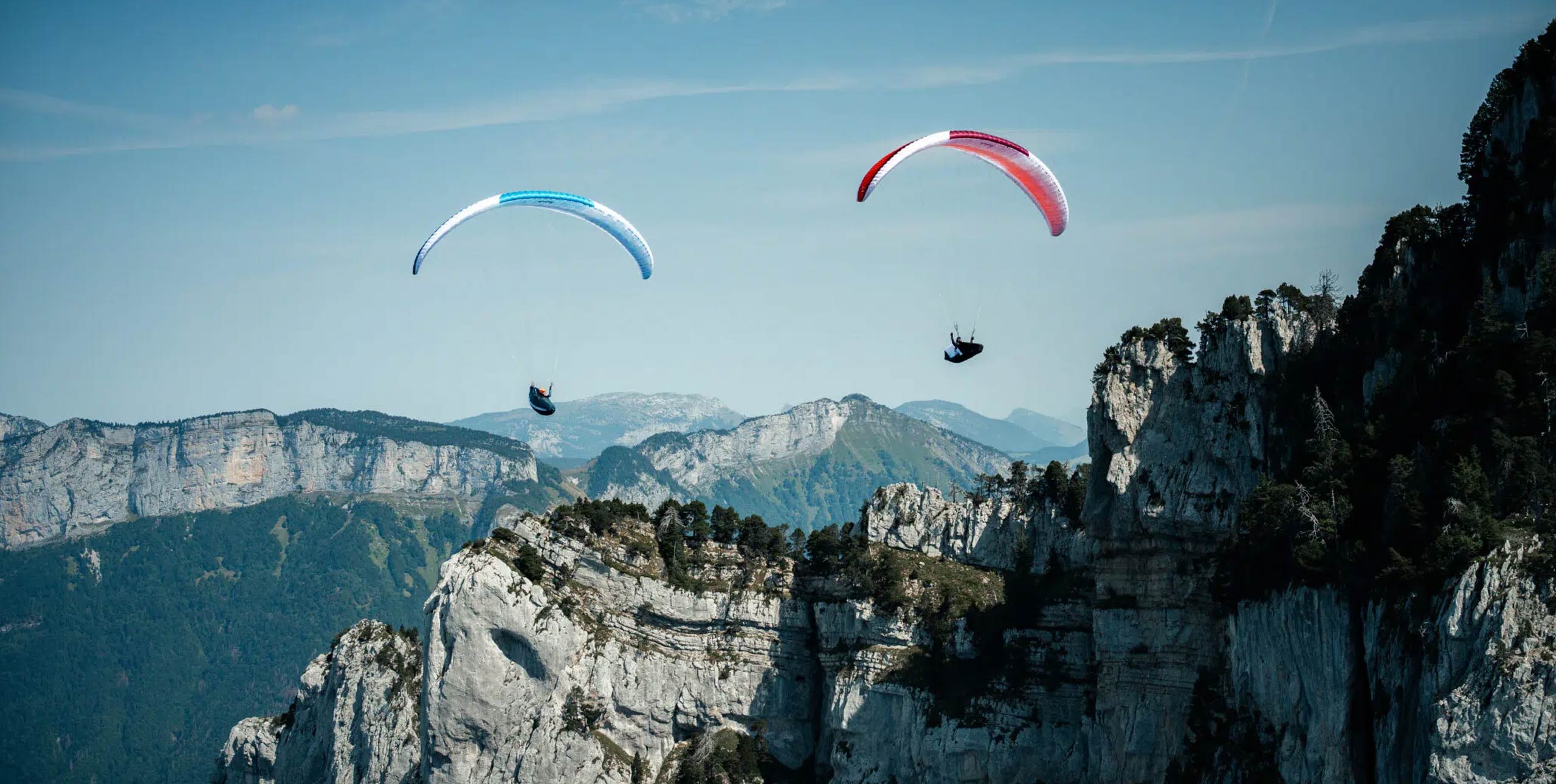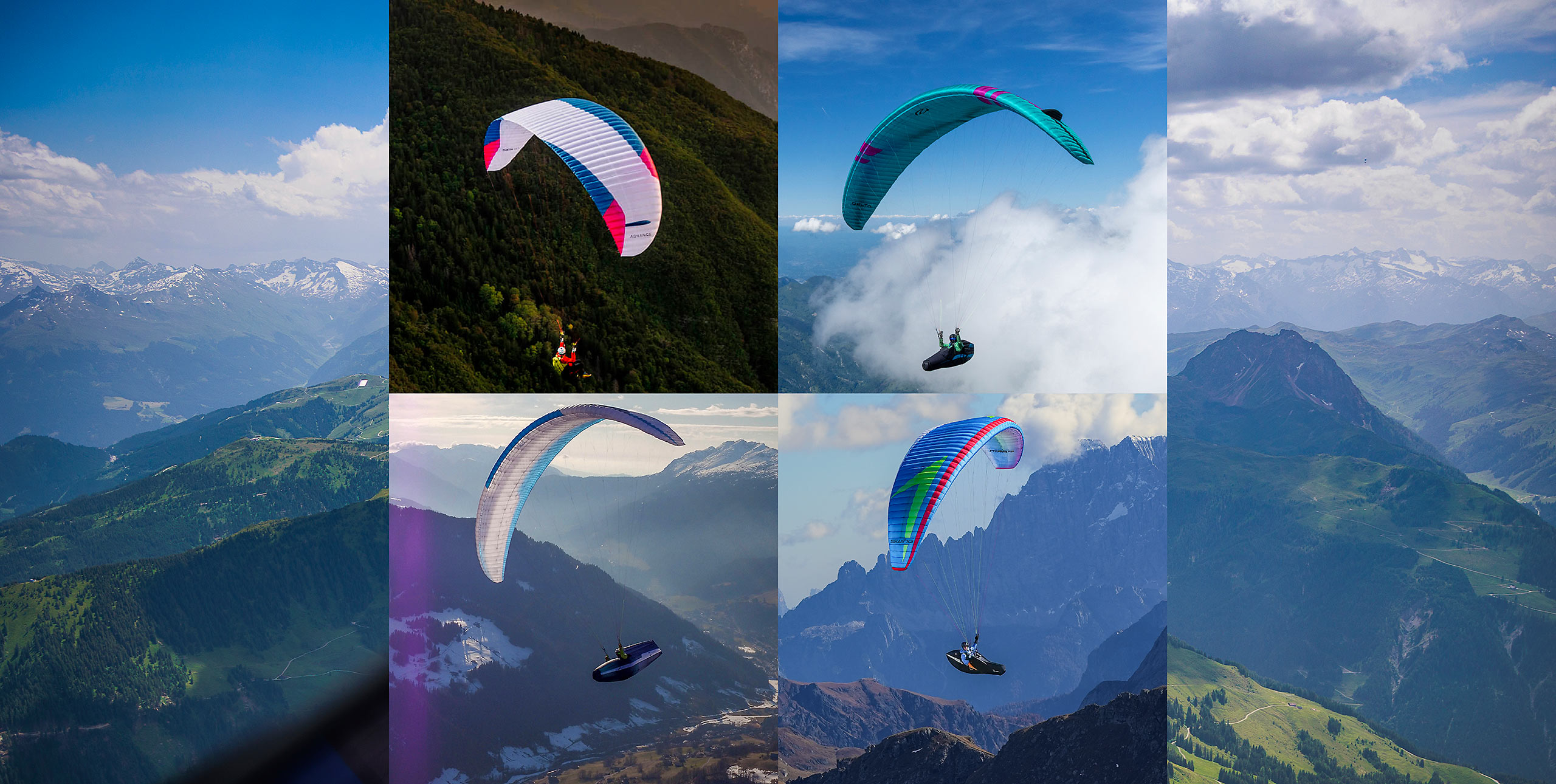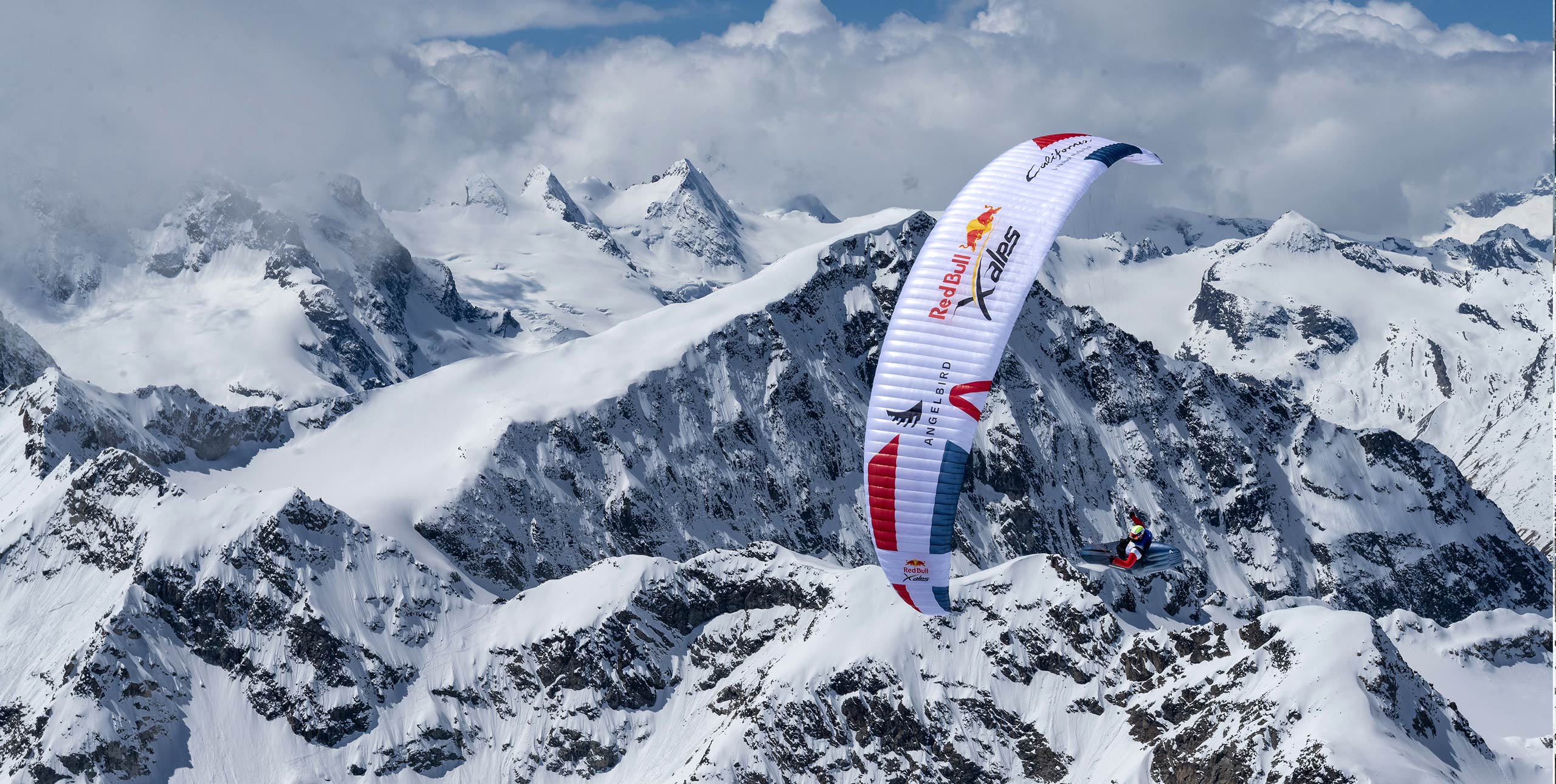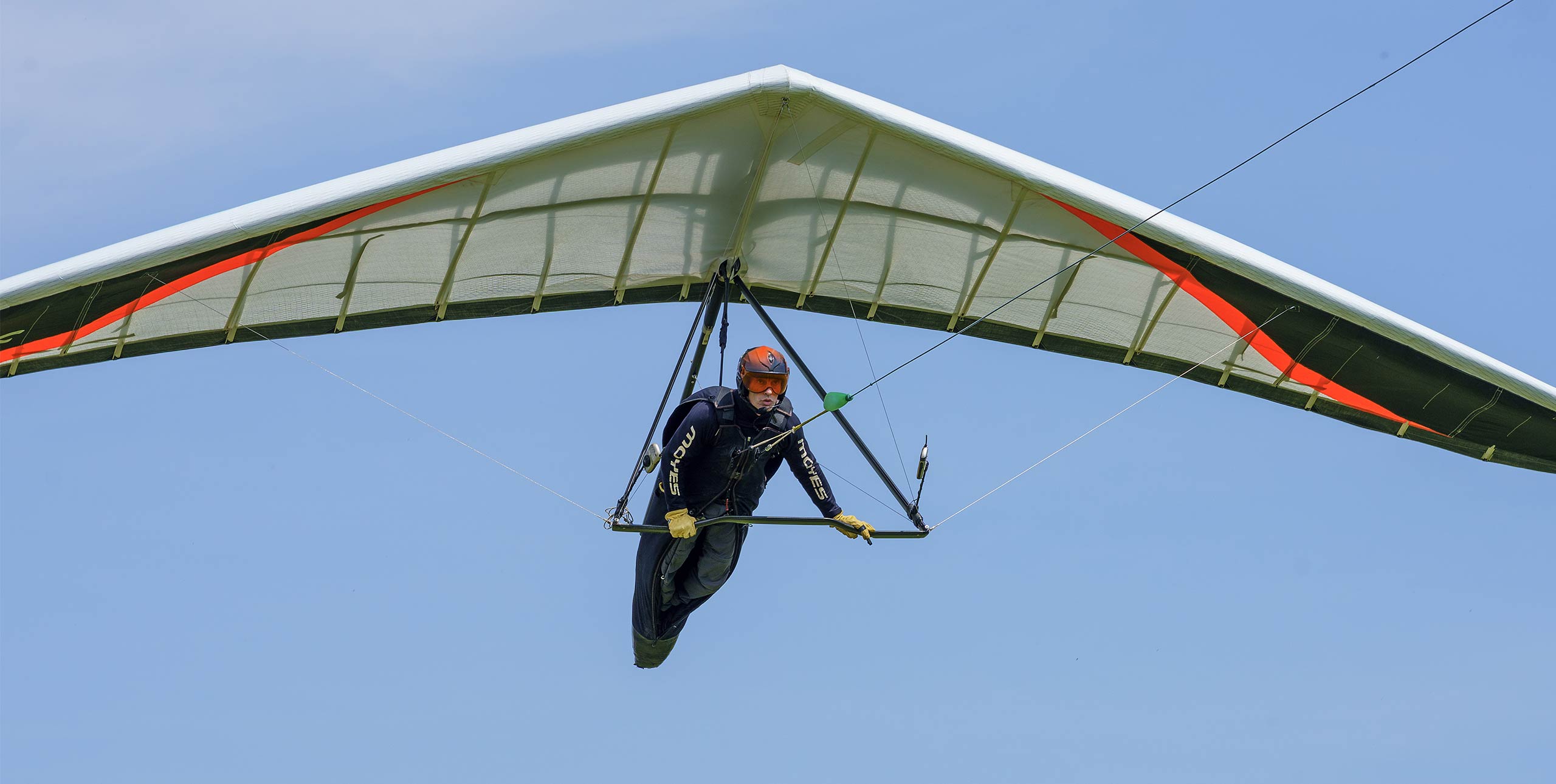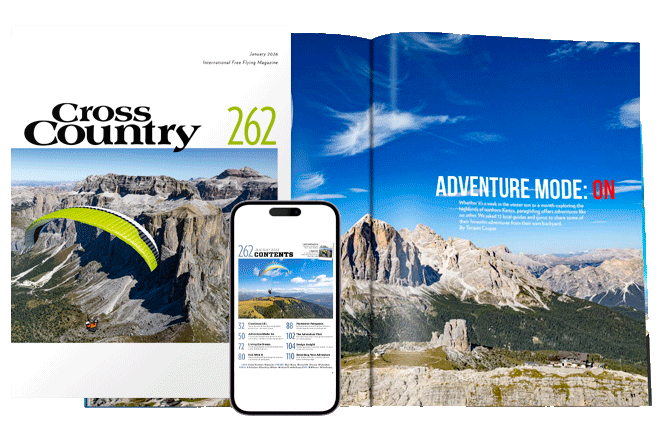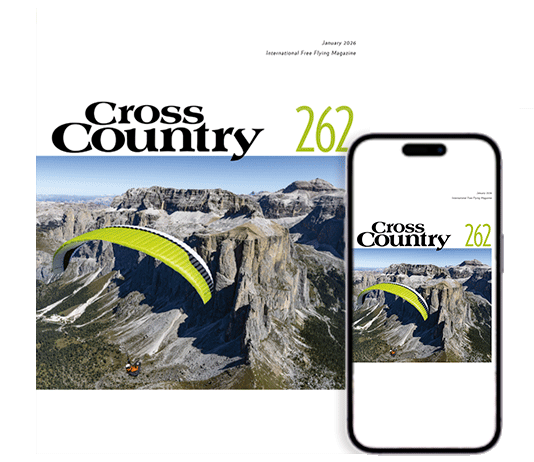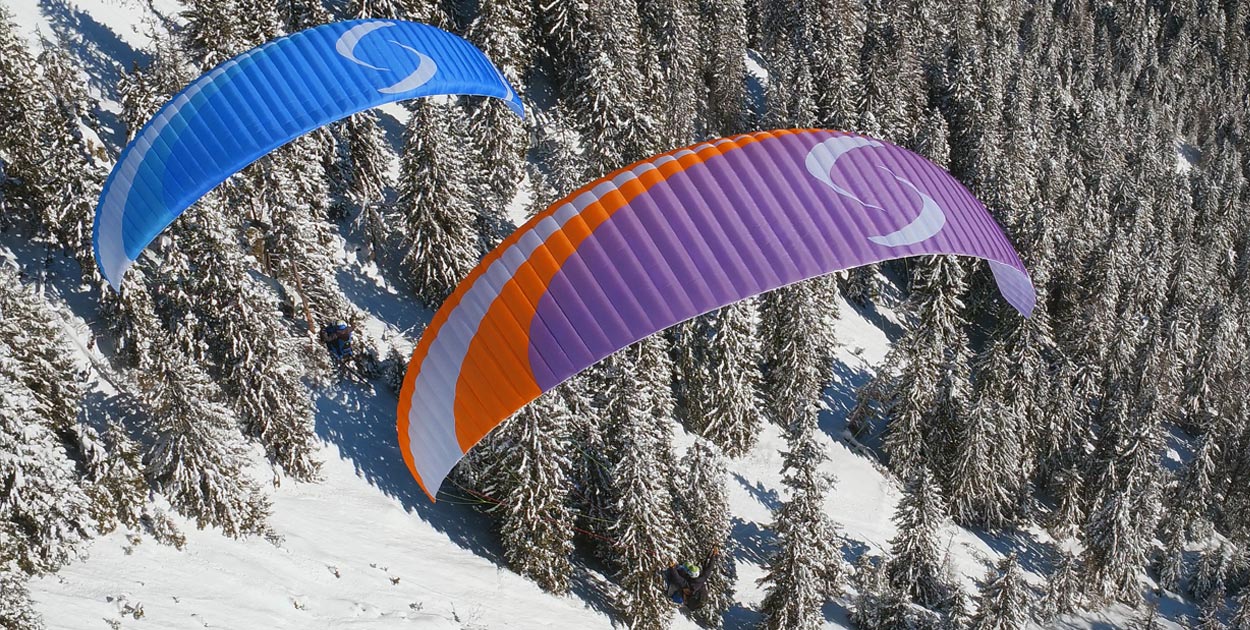
Supair have published a nine-page report into why they think line tabs on the Sora 2 tandem broke last year.
The newly published report, available on the Supair website, looks at why the A-tabs on three separate Sora tandem paragliders might have failed. It also gives guidance for pilots and reveals that Supair are working on developing a new line-tab material.
Only released in spring 2019, the company issued a “critical” safety notice about the Sora 2 at the end of October last year. All Sora 2 (size 42) pilots were asked to stop flying the wing.
The safety notice was issued after three tandem pilots saw their A-tabs fail in flight. A-tabs are the small pieces of material that connect the A-lines to the fabric of the canopy.
In the first incident, an Annecy pilot was executing a SAT on a Sora 2 when the A1 to A4 tabs ruptured. The pilot deployed his reserve parachute and both pilot and passenger landed safely.
The second pilot, also in Annecy, was flying wingovers on a Sora 2 when the A2 to A4 and B2 to B4 tabs ruptured. The pilot and passenger also landed safely under reserve.
In the third incident, a pilot in La Reunion was flying wingovers on an older Sora 1 when the A4 to A5 tabs broke. The pilot managed to carry our a “rough but safe” landing.
Following the incidents Supair asked Sora 2 (42) pilots to stop flying their wing, and launched a three-month long investigation into the glider.
The investigation tested the line-tab material in multiple ways, and called on external experts including Ozone’s Luc Armant, Xavier Dufresne ex Parachute de France, Certika, Ripair and Plaine Altitude. Other external contributors also included Petzl, Porcher Sport, Atelier Addict Parapente and the French Institute of Textiles and Clothing.
The nine-page report published on 18 February concludes that the Sora 1 in La Reunion was most likely already weakened by damp storage and damaged by volcanic sand abrading the materials.
The incidents on the Sora 2 (42) however, do not have such clear contributing factors.
The report gives the all clear to the type of material used to the make the tabs (PA6 nylon), fraying or any solvents used. The report also states that the reinforcements and tabs did not show any defect in the assembly process either.
Instead, the report concludes that the failure of the A-tabs on the Sora 2 was “probably the result of accelerated ageing process caused by external elements [including] improper practice, poor storage or, more likely, the combination of several of these factors.”
They say that at the time of manufacture the glider and its materials would have passed all relevant tests. Supair also carried out separate tests on their solo wings and gave them the all clear.
In the short term Supair have already asked all pilots flying a Sora 2 tandem glider to return it to them or to a repair workshop for the installation of additional support on the A-tabs and B-tabs, which are under most stress in flight.
The report says once this extra support has been retro-fitted, “pilots can resume their flights using the Sora 2 (42) with peace of mind.”
For the longer term however, Supair say they are now working on developing a new material for the tabs. They say: “In cooperation with a French partner specialising in the aeronautics field [we are developing] a new material for our fastening tabs.
“This material has been intensively tested for several weeks with a safety factor twice as high as the requirements called for by the standard EN-926-1.”
The report reminds pilots that “SAT type manoeuvres” are “stressful to the equipment” and that gliders and equipment must be stored in a “dry and temperate environment”.
They add: “Each pilot must strictly respect the recommended inspection period to keep the wing in optimal flying condition.”


